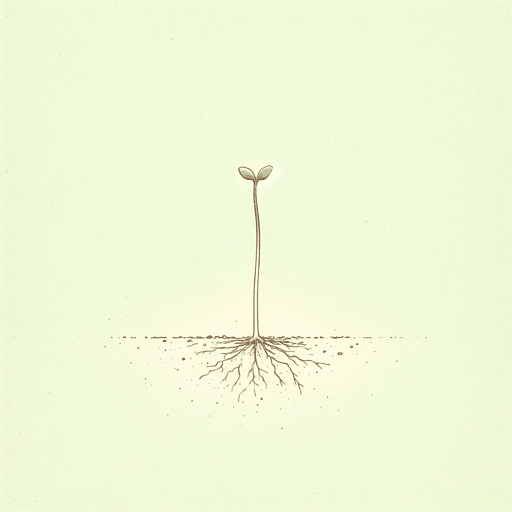50 pages • 1 hour read
B. J. FoggTiny Habits: The Small Changes That Change Everything
Nonfiction | Book | Adult | Published in 2019A modern alternative to SparkNotes and CliffsNotes, SuperSummary offers high-quality Study Guides with detailed chapter summaries and analysis of major themes, characters, and more.
Summary and Study Guide
Overview
Tiny Habits: The Small Changes That Change Everything, written by BJ Fogg and published in 2019, is a self-improvement guide that shows how people can create big differences in their lives by making very small changes in their habits. The book is based on modern theories of human behavior; its methods use rewards, not punishments, to lock in new habits that support people’s aspirations for better health, improved relationships, and more success at work and in life.
Professor BJ Fogg is the founder of the Stanford Behavior Design Lab and the developer of captology, a field of study that examines the power of computers to influence human behavior. Students in his 2007 class on designing enticing apps for Facebook generated 24 million online visits and drew the attention of national news services. One of his students learned the author’s theories on design simplicity and used them to help found the wildly popular social networking site Instagram.
Each chapter concludes with exercises for practicing the techniques described. An appendix includes summaries of the book’s theories and practice methods, followed by a section of 300 recipes for suggested Tiny Habits. The eBook version of the 2020 first edition forms the basis for this study guide.
Summary
The Fogg Behavior Model states that all behaviors occur because three things converge at the same moment: Motivation, Ability, and Prompt. Motivation is how much a person wants something to happen, Ability is how easy it is to do, and Prompt is the environmental cue that sets the process in motion. Thus, B=MAP.
To change a behavior requires, not self-scolding or willpower, but a well-designed, very small improvement that considers the MAP. The author’s technique uses three simple parts: For the prompt, it uses a reminder, or Anchor—placing floss next to a toothbrush, for example—which stimulates a very small, easy change in Behavior—flossing just one tooth—followed by a small Celebration, which increases motivation. The technique is as simple as ABC: an Anchor causes a Behavior, which causes a Celebration.
Motivation is an unreliable resource. It’s better to identify the desired outcome, make a list of possible behaviors that can support that outcome, then put them on a graph, placing the high-impact ones toward the top and the easy-to-use toward the right. The most promising actions, called “Golden Behaviors,” will settle in the upper right area.
Making “Golden Behaviors” as simple as possible speeds adoption of the new habit. Instead of resolving to do 20 pushups, a habit-changer resolves to do two pushups; instead of promising to drink eight glasses of water per day, the habit-changer decides only to drink an extra sip of water.
New behaviors don’t happen without a prompt. A good prompt, or Anchor, should conveniently remind the user to do the behavior at the right time and place. The best Anchors are tightly focused: For example, rather than choosing waking up as the reminder, the user does the new habit when her feet hit the floor.
New habits form when they get rewarded. The best way to do that is to celebrate when performing the new habit. A simple smile, or a fist pump, or saying, “Awesome!” are ways to celebrate. The goal of celebration is to create Shine, a feeling of success that helps wire in the new habit.
New habits are like seeds planted in a garden. Tiny at first, they soon grow larger, and some multiply by sending out shoots and seeds that start new habits. Gardens need care and weeding; likewise, habits need testing, refining, and strengthening to help them grow. One limit on new habits is fear, especially of looking foolish. Several skills can reduce fear; these include Self-Insight, a new Mindset, troubleshooting, revising, and managing the environment to protect new habits.
To erase a bad habit, users employ Tiny Habit principles in reverse, by removing their prompts, making them harder to do, and making them less desirable. Many bad habits are made up of several small behaviors; isolating and retraining each little habit untangles the large behavior until it falls apart.
Tiny Habits aren’t just for individuals; they also work very well in group settings. Ringleaders can teach Tiny Habits to their teams, while Habit Ninjas can ask questions and make suggestions that stealthily introduce the problem-solving principles of Tiny Habits.
Using the book’s methods, the author’s life changed dramatically; teaching those principles showed him that Tiny Habits can grow and multiply in ever-widening circles of appreciative users. He believes these methods can solve important problems, not only for individuals, but for communities, countries, and the world.

